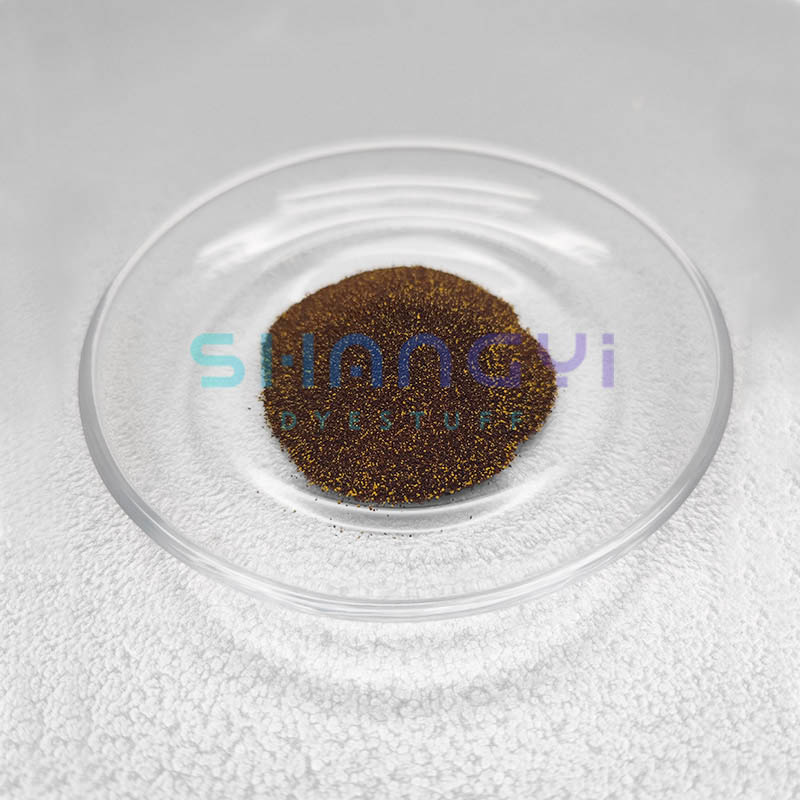Characteristics and features of disperse dyes
2024-01-11
Disperse dyes are a class of synthetic dyes that are commonly used for coloring synthetic fibers, particularly polyester and acetate. These dyes are so named because they have low solubility in water and tend to disperse evenly throughout the fiber. They are especially effective for dyeing synthetic materials where other types of dyes may not be as suitable.
Here are some key characteristics and features of disperse dyes:
1. Application:
- Disperse dyes are primarily used for dyeing synthetic fibers, including polyester, acetate, and nylon. They are not very effective on natural fibers like cotton or wool.
2. Low Solubility:
- These dyes have low water solubility, meaning they do not dissolve easily in water. To assist in the dyeing process, dispersing agents are often used to break down the dye particles into smaller sizes, allowing for better dispersion in the dyeing bath.
3. Dyeing Process:
- Disperse dyes are typically applied using a high-temperature dyeing process. The synthetic fibers are immersed in a dye bath, and heat is applied to facilitate the absorption of the dye by the fibers.
4. Heat Transfer Method:
- The dyeing process often involves a heat transfer method, where the dye is heated to a gaseous state, allowing it to penetrate the fiber. This is especially important for polyester, which has a high melting point.
5. Color Range:
- Disperse dyes are available in a wide range of colors, and they are known for producing vibrant and colorfast shades on synthetic fibers.
6. Resistance to Washing:
- Once dyed, synthetic fibers with disperse dyes tend to have good resistance to washing and light, resulting in colorfastness.
7. Application Areas:
- Disperse dyes are commonly used in the textile industry for dyeing fabrics for clothing, home textiles, and other applications. They are also used for printing on synthetic fabrics.
8. Sublimation Printing:
- Sublimation printing is a method that utilizes disperse dyes. In this process, the dye is applied to a paper, and then the paper is heated to transfer the dye directly into the synthetic fibers.
It's important to note that the use of disperse dyes is specific to synthetic fibers, and other types of dyes, such as reactive dyes or acid dyes, are used for natural fibers like cotton or wool. Additionally, advancements and changes in technology may lead to the development of new types of disperse dyes or improved dyeing processes.



